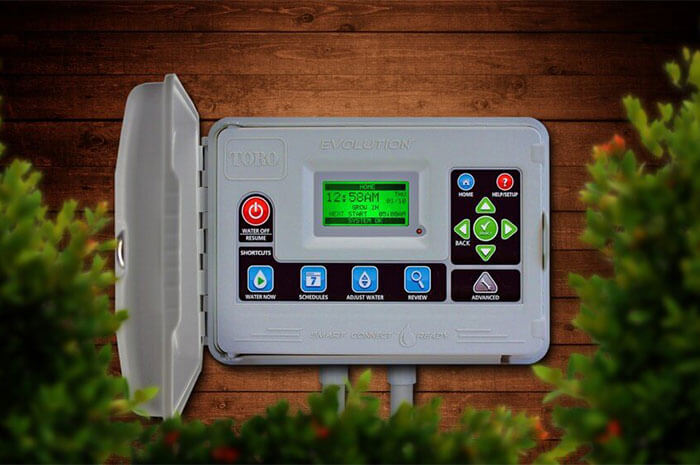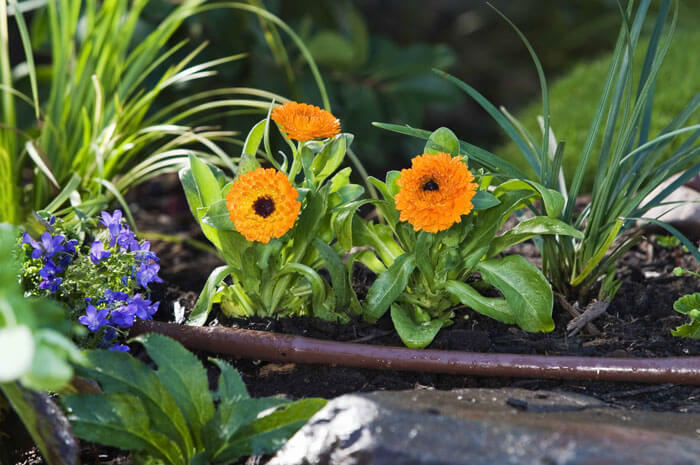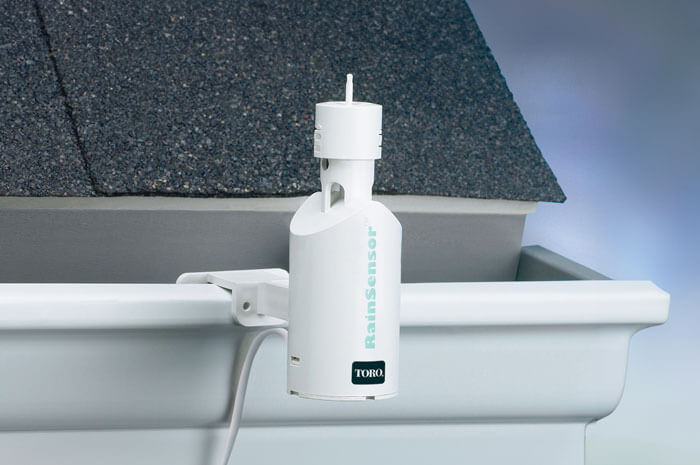
When it comes time to upgrade your sprinkler timer you’ll notice there are a lot of options. Determining which timer is right for you can seem daunting, but here are a few helpful tips to consider when shopping to help you narrow your choice.
Determine the Number of Zones You Need
You’ve probably noticed your sprinklers run one group at a time, and that each group is dedicated to a particular section of your lawn or garden. These sprinkler groups are referred to as “zones” or “stations.” Each zone is connected to a valve, and that valve is automatically operated by your timer. The number of valves you have equates to the number of zones or stations for your sprinkler system.
Timers are sold and categorized by the number of zones they operate. Most residential timers are sold with anywhere from 4 -12 zones.
Keep Expansion in Mind
If you have plans to add on to your landscape in the future, consider purchasing a timer with more zone capacity than you need or that can be expanded. The Toro EVOLUTION Series Controller can be expanded by 4 zones at any time by adding expansion modules (sold separately).
How Many Programs Do You Need?
A program is simply a watering schedule. One program runs all of your watering zones in sequence for a set amount of time. Each time the program runs, the sequence is repeated in the same way.
Different kinds of plants require different watering schedules. So you might need one program to water the lawn every day, and a second to water the flower beds or shrubs every other day. A third watering program might be needed for vegetable gardens or fruit trees. The number of watering schedules you need for your landscape determines the number of programs you’ll need for the timer you select.
Determine the Number of Start Times
How many times each day do you need the sprinkler system to run? In the hottest months it’s not uncommon to run the sprinklers twice each day (ensure you don’t water your lawn in the middle of the day when the sun is out). Alternately, you might want to repeat the same watering program more than once to allow water to soak into the soil and to prevent runoff. Multiple watering times enable you to run your sprinkler system several times per day.
Where Will Your Timer Be Located?
If your timer will be installed in the elements ensure you select an outdoor timer. An outdoor timer includes a housing and specialized electrical components to protect it from the elements and ensure years of reliable use.
Water Saving Additions and Options
Once you’ve narrowed down the basic elements you need from a new sprinkler timer you can select optional features.
Season Adjust:
Season adjust (or percent adjust) allows you to make adjustments to an entire watering schedule up or down, typically in 5-10% increments, rather than by zone.
Sensor Ports:
In many areas of the country, sensors are required to automatically stop watering systems when it rains and prevents unnecessary water waste. Even if your city doesn’t require it, a timer with a sensor port enables you to add on a rain or weather sensor at any time.
Weather Sensor:
A weather sensor allows the watering schedule to automatically adjust based on weather conditions in your area. This makes seasonal, rain or freeze adjustments fully automatic and takes the guesswork out of how much to water and when. It also helps prevent under- or over-watering as conditions change.
Smart Technology:
Finally, sprinkler timers, like most electronic devices in our homes, are available with “smart” options. Many timers now include the ability to operate remotely using your smartphone, tablet or smart home speakers. Toro’s SMRT-Logic Cloud Based Landscape Control enables this capability for the EVOLUTION timer and can be added now or anytime in the future. SMRT-Logic also works with outdoor lighting, ponds, fountains and more so you can manage all your outdoor features with a single app from anywhere at any time.
For more water saving tips or to explore options available from Toro visit torowatersmart.com or toro.com/irrigation.



